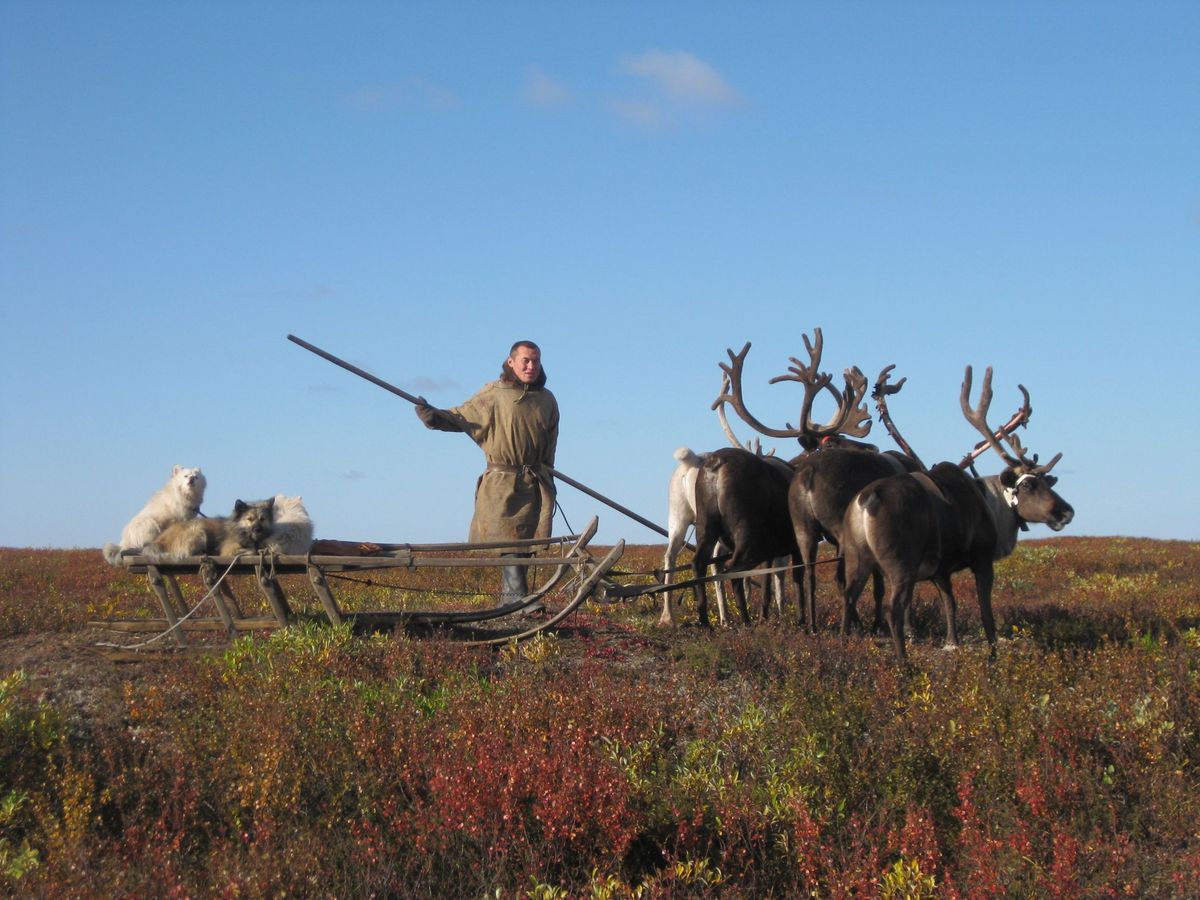Yuri Trutnev, the Deputy Prime Minister and Plenipotentiary of the President of the Russian Federation in the Far Eastern Federal District (FEFD), instructed the Federal Agency for Nationalities Affairs (FANA), together with the authorities of the Arctic regions, to develop measures that will improve access to water and hunting resources for the indigenous people of the North.
“It is necessary to submit proposals to the Russian government on additional measures to ensure priority access for people belonging to the indigenous peoples of Russia, living in the Arctic zone of Russia and leading a traditional lifestyle (hereinafter, the indigenous peoples), to aquatic and hunting biological resources,” the document says. The deadline by which the order must be executed is not specified.
The Arctic zone of Russia includes the territories of the Murmansk region, the Nenets, Chukot and Yamalo-Nenets autonomous regions, the Komi Republic, several regions of the Sakha Republic (Yakutia), the city of Norilsk, two regions of the Krasnoyarsk territory and municipalities of the Arkhangelsk region. The Russian Arctic zone also includes some islands and archipelagos of the Arctic Ocean.
According to the Association of Indigenous Minorities of the North, Siberia and the Far East, there are 42 of such minorities in Russia numbering more than 250 thousand people, more than half of them live in the Arctic zone. The most numerous people are the Nenets – 44 thousand people, Evenki – 37 thousand, Khanty – 30 thousand. The endangered ethnic groups of the North, Siberia and the Far East include the Enets – no more than 200 people, and Vod – less than 100.
Text: Victor Tsaryov, Photo: open sources



